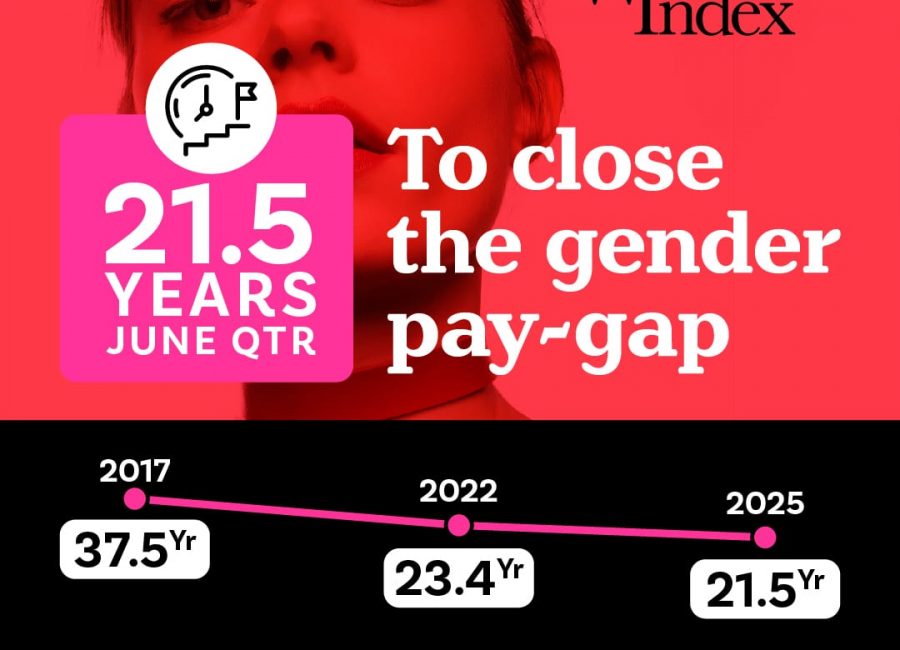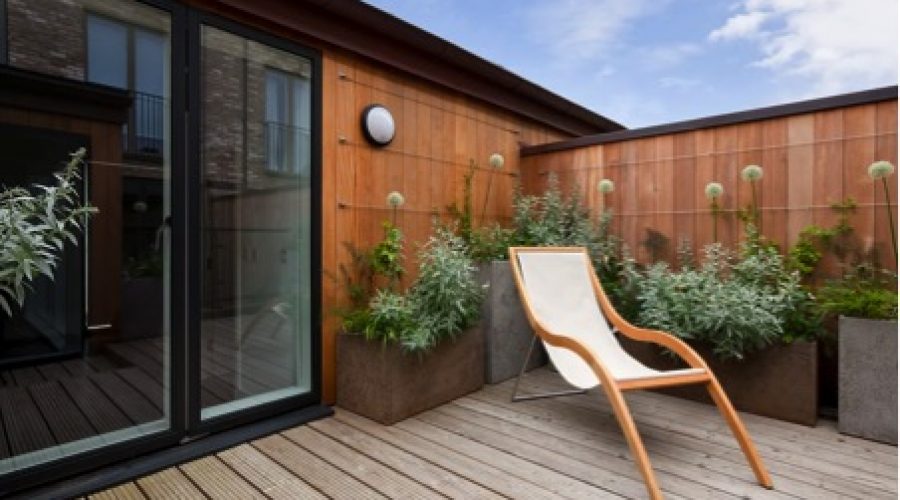Who says you can’t buy property for as little as $1 in Australia?
Truth is that you 100 per cent can, it’s called relocatable housing. The catch, or the difficulty of it, all depends on how much effort you are prepared to put in, and how much money you have in the kitty to relocate it – that’s the clincher!
A recent search of the online classifieds search engine Gumtree at the weekend, uncovered an old Queenslander for sale, by removal from its foundations in Brisbane for as little as $1.
The property itself has received over 700 clicks and is an older 1950s weatherboard type house, that let’s be honest could have the odd bit of asbestos sheeting in it.
But even if there are issues, it’s a bargain no matter how you skin it.
All you need is a block of land to put it on – subject to those annoying council approvals of course, and you must pay for the timely relocation of it yourself.
If you are looking to buy older property, like the one on Gumtree, here’s a couple of things to consider:
- Council fees could be in the order of $10,000 – $30,000 to relocate a property, and potentially even more, so do you homework first on this one.
- Removal costs. There are so many companies which do this now and the cost varies depending on the size if the house, complexity of the sites and how far you are relocating, but most websites suggest to allow for between $75,000 – $100,000 or even as much as $300,000 in capital city areas. So again, get a few quotes on this one.
The hunt for cheap housing comes as most capital city property prices nationwide continue to hold up reasonably well, helped by record low interest rates – which are unlikely to go higher anytime soon.
Data from CoreLogic showed price growth in Sydney was flat last week, while the average weekly growth across Australia’s five biggest capital cities didn’t budge.
CoreLogic head of research Tim Lawless said, “The slowdown in the pace of capital gains can be attributed primarily to tighter credit policies which have fundamentally changed the landscape for borrowers.”
“Lenders have tightened their servicing tests and reduced their appetite for riskier loans, including those on higher loan to valuation ratios or higher loan to income multiples.
“Additionally, interest only borrowers and investors are facing premiums on their mortgage rates which are likely to act as a disincentive, especially for investors who are generally facing low rental yields on investment properties.
“In fact, the peak rate of growth in dwelling values lines up closely with the peak growth rate for investment lending in late 2016,” he said.
So where does that leave us? Well if property prices are still high but growth is flattening out, the search for cheap housing will continue.
We will most likely continue to see people, particularly women who we know are active property hunters and social media users, use the internet to seek out alternative ways of getting into the property market.













